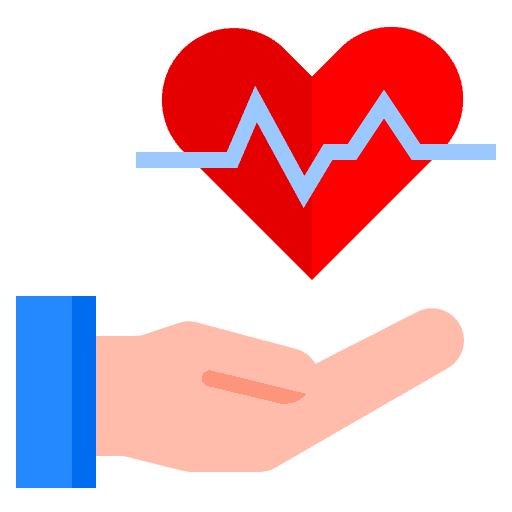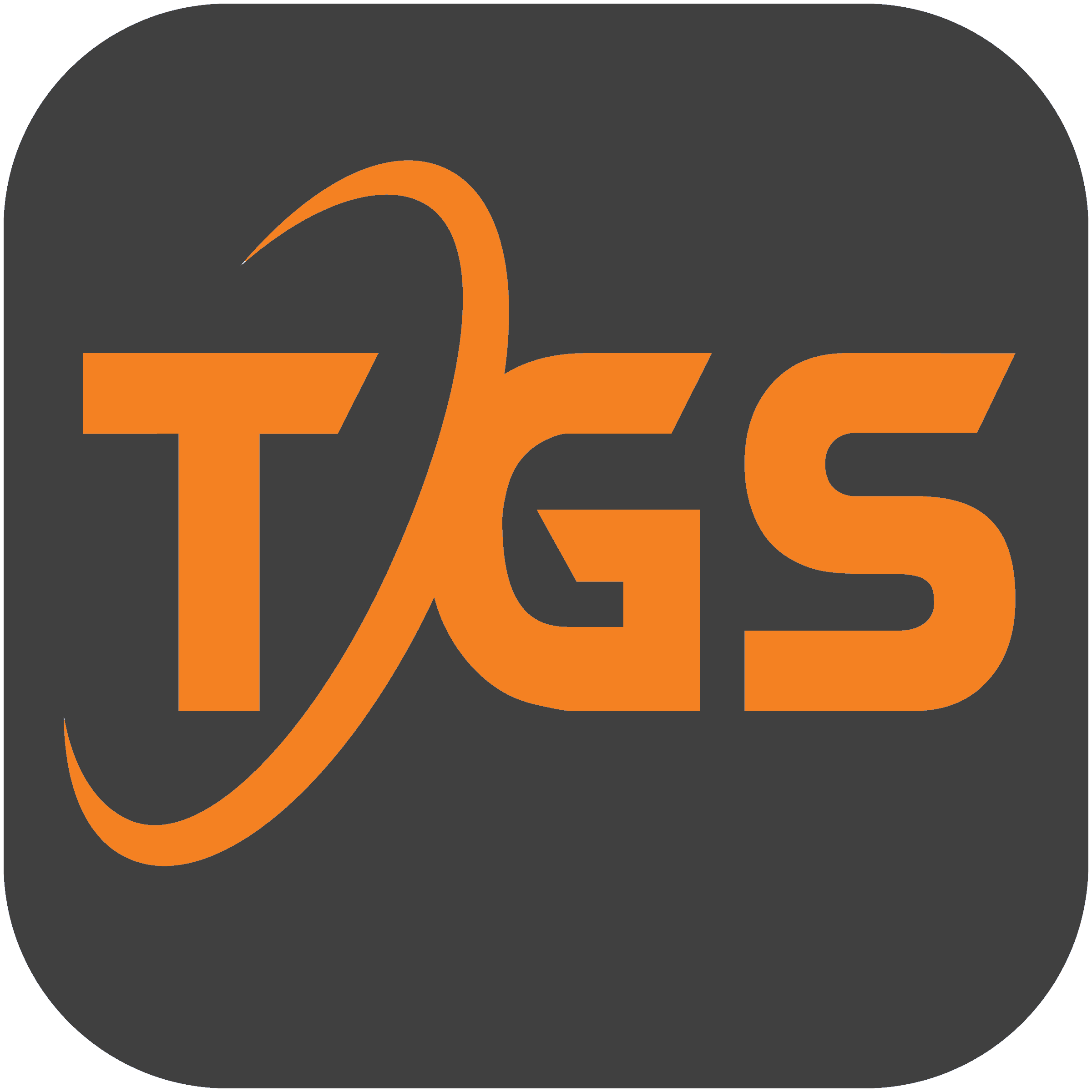Overview
The Visualize Medical Records (VMR) software is a powerful tool designed to streamline the organization and navigation of medical records. In this introductory video, Henry Cobb, VP at Telegenisys, demonstrates the key features of VMR using a sample fictional medical record for John Doe.
VMR-Generated Chronological Indexes
When fed with John Doe’s medical records, VMR combines all the information and creates comprehensive chronological indexes. These indexes provide:
- A consolidated view of the patient’s medical history
- Cross-linking support for quick access to specific medical data
- Easy navigation through various aspects of the patient’s health journey
Navigation Features
Overview Page
The VMR output PDF file starts with an Overview page, which serves as a central hub for accessing different categories of indexed medical records. From this page, users can easily navigate to:
- Disease and procedure mentions
- Medical providers
- Event chronology
- Lab reports
- Medication mentions
- Radiology reports
Multiple Navigation Methods
VMR offers several ways to move between events and access specific information:
- Bookmark tree: Displays the bookmark tree view of categircal indexes of events sorted chronologically on the left hand side of the PDF.
- Index page: Displays the chronological view of events in the current category.
- Comments sidebar: Displays chronologically sorted comments view related to the event describing what happened in the specific event.
- Overview page: Displays the overview of medical events data by category.
These navigation options ensure that healthcare professionals can quickly find the information they need, improving efficiency and patient care.
Chronologies by Category
The VMR output file organizes medical events into different chronologies based on categories. This feature allows users to:
- Focus on specific aspects of the patient’s medical history
- Easily track the progression of particular conditions or treatments
- Identify patterns or trends in the patient’s health over time
By providing these organized chronologies, VMR enables healthcare providers to gain a more comprehensive understanding of the patient’s medical journey.
Benefits of VMR
- Improved Efficiency: By consolidating and organizing medical records, VMR saves time for healthcare professionals who need to review patient histories.
- Enhanced Accuracy: The chronological indexing and cross-linking features reduce the risk of overlooking important information.
- Better Patient Care: With quick access to comprehensive medical histories, healthcare providers can make more informed decisions about patient care.
- Streamlined Communication: VMR’s organized structure facilitates easier sharing of patient information among healthcare team members.
- Time-Saving: The multiple navigation options allow users to quickly locate specific information without manually sifting through numerous documents.
Conclusion
The Visualize Medical Records software offers a powerful solution for managing and navigating complex medical records. By providing organized indexes, comprehensive chronologies, and multiple navigation options, VMR empowers healthcare professionals to access and understand patient information more efficiently. This innovative tool has the potential to significantly improve the quality of patient care by ensuring that all relevant medical information is easily accessible and comprehensible.












0 Comments